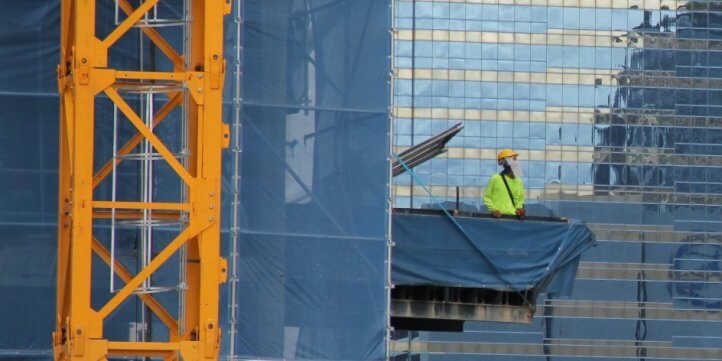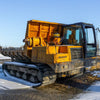Risk Assessments For Lone Workers

Lone workers are amongst the most vulnerable when it comes to the risk of accident or injury, so what does the HSE have to say about risk assessments for those who work alone? Equally importantly, what are your responsibilities as an employee or sub-contractor?
A lone worker is defined by the Health and Safety Executive as someone who works alone without direct supervision. As these workers carry out their work responsibilities without any colleagues or managers nearby, the risk to their health and safety is deemed to be much higher than those who work in groups or pairs. This of course is because there is no one else there to help them spot potential risks or to help should something go wrong, making it imperative that risk assessments for lone workers are carried out on a regular basis to avoid injury and to stay on the right side of current HSE legislation.
Identifying lone workers is the first port of call. Lone workers can include:
- Delivery drivers
- Electricians
- Cleaners
- Security staff
- Engineers
- Health workers
- Those working from home
Once lone workers have been correctly identified, the HSE requires employers to assess the risks and hazards to those working alone and put in place a robust risk assessment in order to reduce the potential for accident or injury.
These risk assessments should cover any hazards, the PPE or workwear required to protect the lone worker plus any training needs to ensure that the lone worker has the skills and uses their personal protective equipment correctly, to carry out their roles safely.
The risk assessment must also state any monitoring and emergency processes that will ensure the lone worker has the correct amount of monitoring and supervision. The higher the risk, the more training and supervision required to safeguard the lone worker.
Supervision can include regular contact via phone, radio systems or email with manual and automatic alarm devices regularly used for higher risk tasks. In many cases, site managers, supervisors and managers visit lone workers at pre-set intervals to ensure that any working practices and procedures remain safe. They will also then identify any further training or PPE needs.
To maintain safe working practices, risk assessments and PPE for lone workers should be evaluated at regular intervals. This ensures compliance with current HSE lone worker regulations and safeguards the health and safety of staff that work alone.





